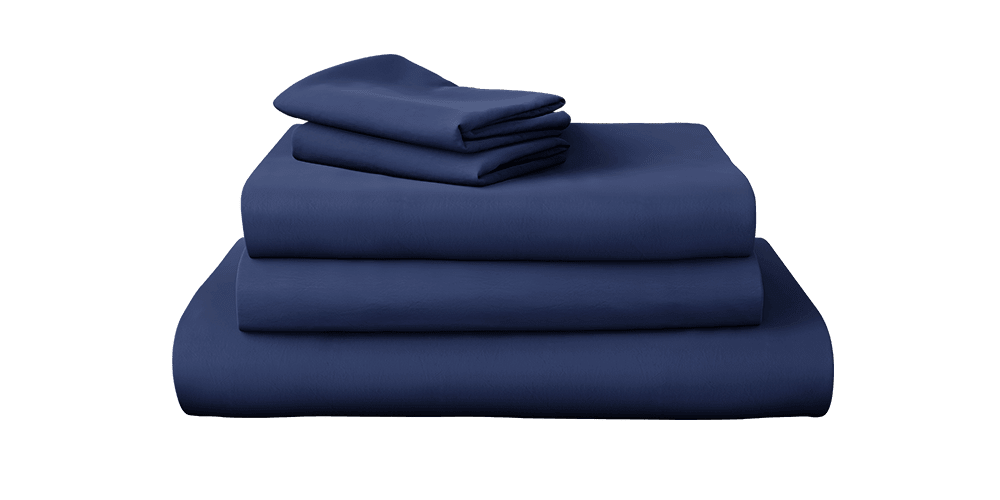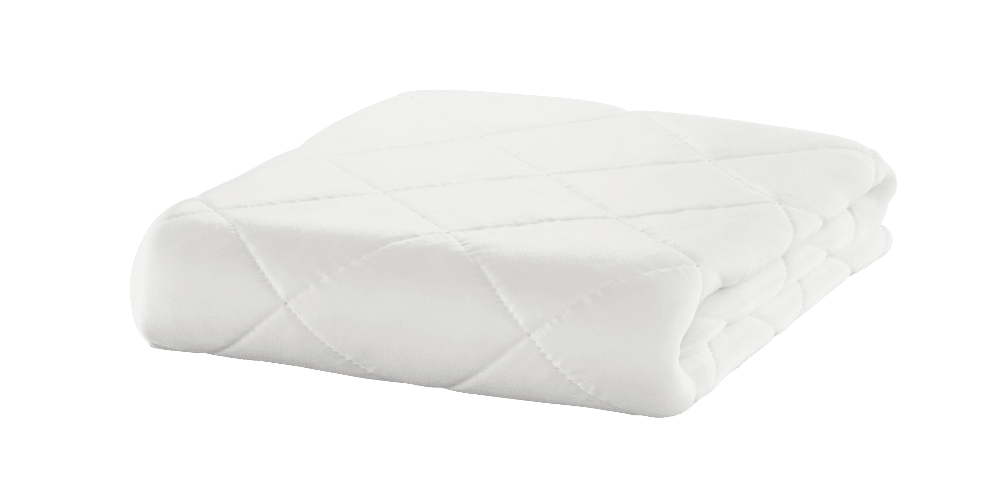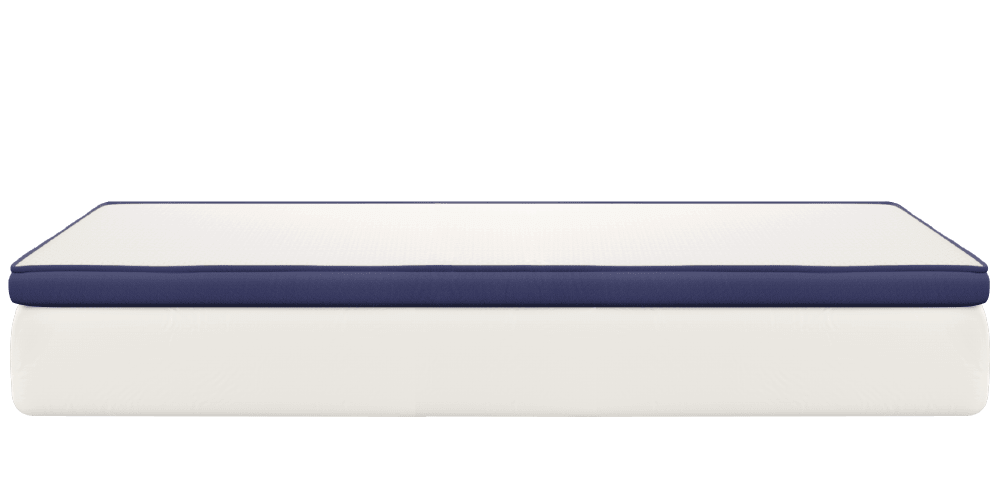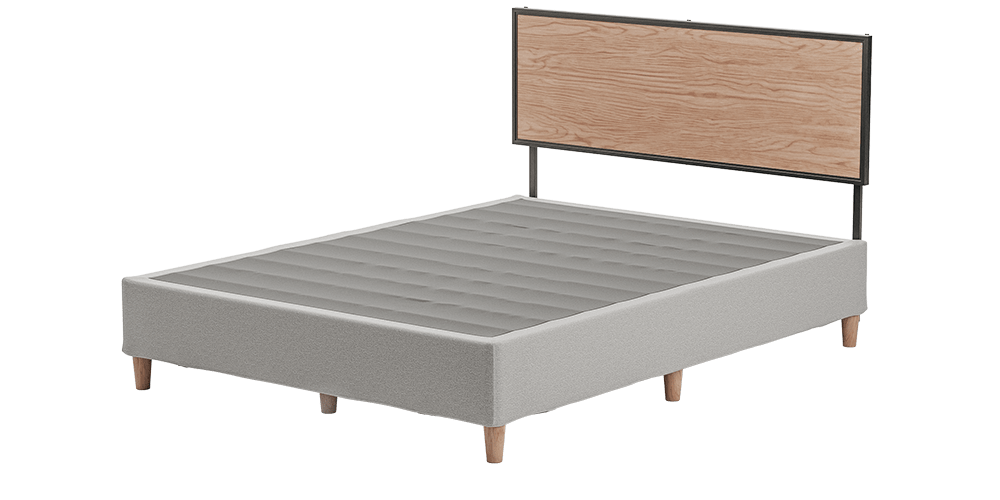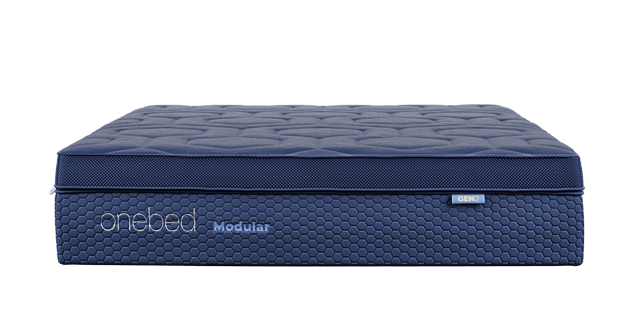A comfortable mattress is key to restful sleep and overall well-being, and knowing when to replace mattress is just as important. While a worn-out mattress can negatively impact your health, unnecessary replacements also contribute to the 1.8 million mattresses disposed of annually in Australia, with many ending up in landfill.
In this article, we’ll help you find a balanced approach—understanding when it’s truly time for a new mattress and when it might not be necessary, ensuring both your comfort and a more sustainable choice.
How Often to Replace Mattress?
Many factors influence how long a mattress lasts, including the materials used, how often it’s slept on, and the care it receives. Generally, mattresses need to be replaced every six to eight years, but this timeframe can shift based on signs like sagging, squeaking, or discomfort. Knowing when it’s time for a new mattress can also come down to personal indicators, such as waking up with stiffness or feeling more rested on other beds—both of which suggest it might be time to upgrade.
Of course, how long a mattress lasts depends on factors like the sleeper’s weight, materials used, maintenance, and frequency of use. Understanding how often should you change mattress can help extend its life, and we’ve provided these typical timeframes below to guide you on how long different types of mattresses can last.
- Innerspring Mattresses: These typically last 5.5 – 6.5 years due to coil wear and sagging. While lower-gauge coils (thicker) can enhance durability slightly, innerspring mattresses often show signs of sagging and loss of support sooner than other types.
- All-Foam Mattresses: Generally need replacement every 6 – 7 years. Lower-density foam tends to break down faster, leading to body impressions, while higher-density foam (e.g., memory foam) provides longer-lasting support.
- Hybrid Mattresses: Hybrid mattresses, combining both innerspring and foam layers, typically last 6.5 – 7.5 years. The durable coils contribute to longevity, but the foam layer tends to deteriorate over time, signalling the need for a replacement.
- Natural Latex Mattresses: Known for their exceptional durability, natural latex mattresses can last 7.5 – 8.5 years, as latex resists sagging and body impressions better than other materials.
Is it safe to sleep on a 20-40-year-old mattress?
A mattress that’s 20 years or older is generally considered too old. Over time, it loses support, accumulates allergens, and can harbor dust mites, potentially impacting your health. Replacing mattresses every 7-10 years is recommended for optimal safety and comfort.
Factors Influencing How Long a Mattress Lasts
Materials Used
The type of material largely determines how quickly a mattress wears out. Innerspring and foam mattresses wear faster, while hybrid and latex mattresses offer greater durability.
Material Quality
Higher-quality materials, such as thicker coils in innerspring mattresses and high-density foam, help a mattress resist sagging and maintain its support for longer.
Maintenance
Regular maintenance, like rotating the mattress every few months and using a protector, helps extend its lifespan by preventing uneven wear and protecting against allergens.
Sleeper’s Size and Weight
Heavier individuals may cause a mattress to sag more quickly, while lighter sleepers and those with fewer bed partners put less strain on the mattress, allowing it to last longer.
Australian Climate
Australia’s climate can greatly impact mattress durability, particularly in humid regions where moisture and dust mites are common concerns. Choosing mattresses with features like breathable latex layers or cooling gel foam, as seen in the Onebed Original and Onebed Hybrid, can help manage heat and humidity, making them better suited for year-round use in Australia.
Signs That Your Mattress Needs Replacing
Here’s a checklist to identify when your mattress needs replacing:
- Visible Sagging or Lumps: Noticeable dips, sags, or uneven areas across the mattress surface.
- Waking Up Sore or Stiff: Frequent morning aches, particularly in the back, neck, or hips, indicating insufficient support.
- Noisy Springs: Squeaking or other sounds when you move, suggesting worn-out springs in mattresses with coils.
- Frequent Allergy Flare-Ups: Increased allergies or asthma symptoms from a build-up of dust mites and allergens in the mattress.
- Loss of Support: Excessive softness and lack of support, especially around the hips and shoulders.
- Rolling Toward the Centre: Unintentional rolling into the mattress’s centre, which can indicate a loss of structural integrity.
- Better Sleep on Other Beds: Improved sleep quality on other mattresses, like those in hotels or newer beds.
- Age of the Mattress: Exceeding the recommended lifespan for its type (e.g., 5-7 years for innerspring, 7-10 years for foam or hybrid models).
How Much Will You Likely Spend on a New Mattress?
In Australia, the typical price range for a high-quality mattress falls between $501 and $2,000, offering a balance between financial prudence and a long-term investment in your comfort.
When selecting a mattress, look for features like sturdy edge support, pressure relief, and cooling technology to enhance your overall sleep experience. A good warranty and trial period are also essential to ensure satisfaction with your purchase.
One-bed mattresses provide premium quality while remaining more affordable than the average cost of mattresses in Australia. By focusing on high-quality materials and construction, rather than spending on marketing, we offer features like sturdy edge support, pressure relief, and cooling technology at a fraction of the price. Explore our range here for a perfect fit.



